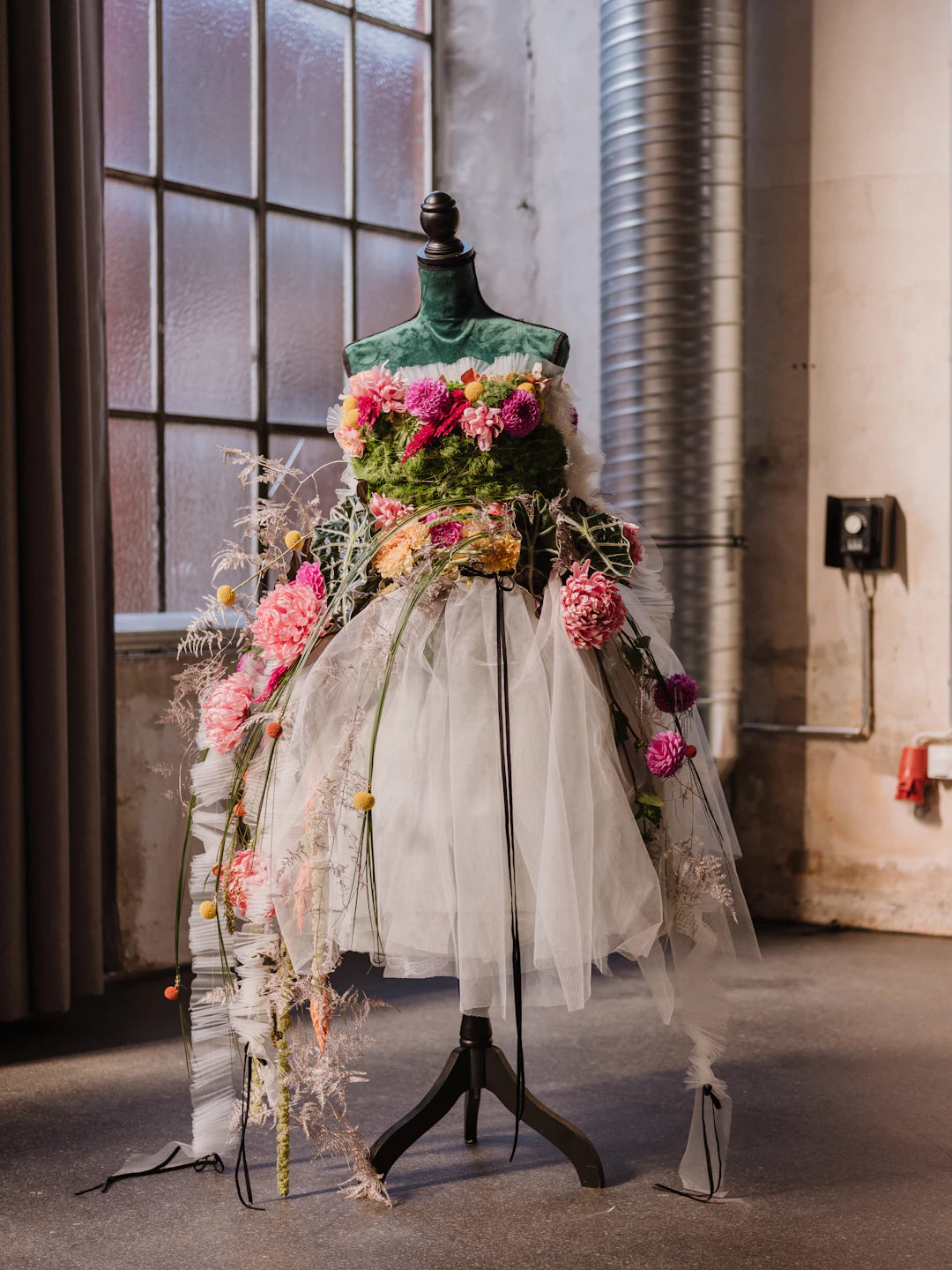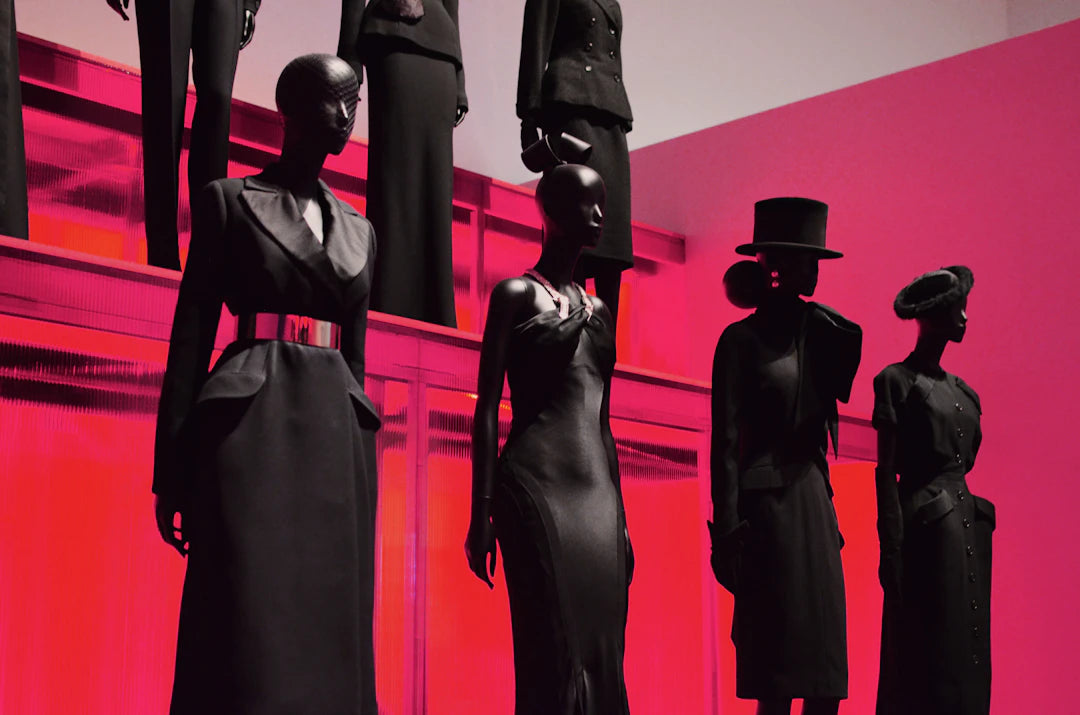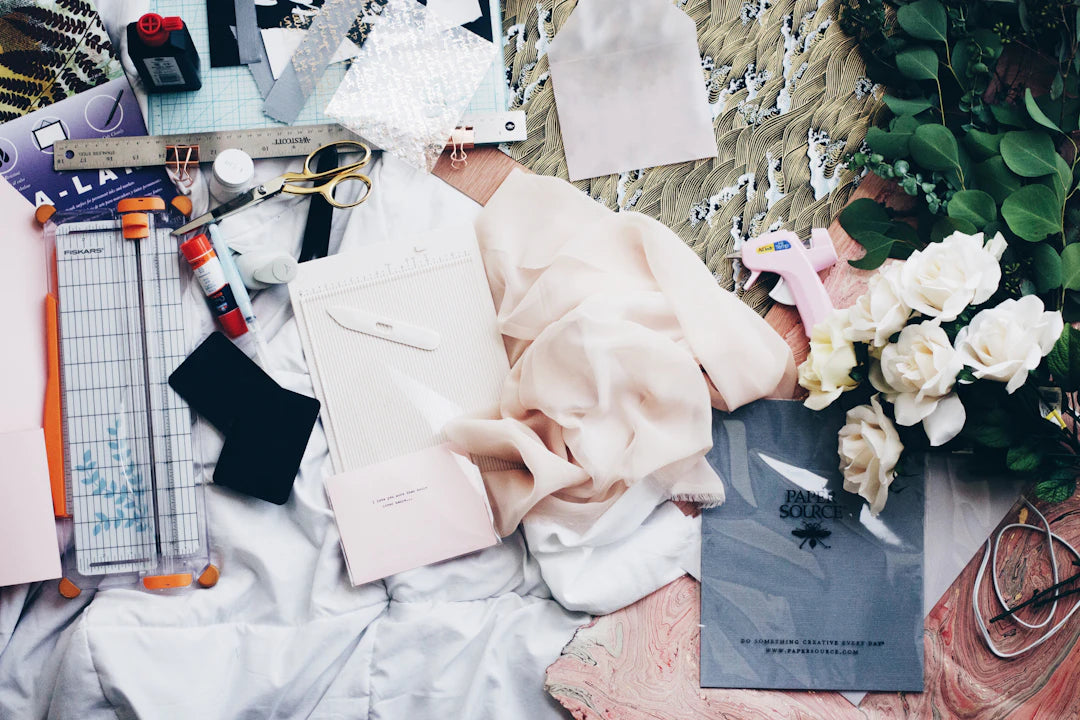Color is the soul of fashion illustration, offering artists an opportunity to convey emotion, style, and narrative. Selecting the right color scheme can elevate your sketches from ordinary to extraordinary, ensuring that your designs resonate with viewers. In this blog post, we will explore various strategies for choosing effective color schemes for fashion illustrations, ideal for digital artists and fashion design students alike. Let's dive into the world of color and see how you can enhance your craft using high-quality fashion templates and Procreate tips for designers.
Understanding Color Theory Basics
Before diving into specific color schemes, it’s crucial to grasp the fundamentals of color theory. Color theory is the foundation upon which all color selections, contrasts, and harmonies are built. Here are the key concepts to understand:
Color Wheel
The color wheel consists of primary, secondary, and tertiary colors. Understanding these categories can help you create balanced and harmonious designs. The primary colors are red, blue, and yellow. Secondary colors are mixed from primary colors (green, orange, purple), while tertiary colors are created by mixing primary and secondary colors.
Warm vs. Cool Colors
Colors can be classified as warm (reds, oranges, yellows) or cool (blues, greens, purples). Warm colors evoke energy and excitement, while cool colors impart calmness and serenity. Choosing between warm and cool colors can drastically affect the mood of your illustration.
Color Harmony
Color harmony refers to pleasing arrangements of colors that create a sense of balance and order. Common harmonies include:
- Complementary: Colors that are opposite each other on the color wheel.
- Analogous: Colors that are next to each other on the wheel.
- Triadic: Three colors evenly spaced around the wheel.
Choosing Effective Color Schemes
When it comes to fashion illustration, selecting a color scheme that communicates your design intent can make or break your piece. Below are some effective strategies for choosing the right color schemes.
Monochromatic Scheme
A monochromatic color scheme utilizes variations in lightness and saturation of a single color. This approach can create a sophisticated, minimalist look that focuses on form and detail rather than an explosion of colors. Here’s how you might implement this:
1. Start by selecting a base color that resonates with your design theme.
2. Experiment with different shades and tints by adding white or black, allowing for depth.
3. Use high-quality fashion templates that allow layering to easily incorporate these tonal variations, enhancing the visual appeal.
Complementary Scheme
Complementary colors work beautifully when you want to create a striking visual impact. For example, pairing blue with orange can attract viewers' attention instantly. Here’s how to master this scheme:
1. Choose two colors from opposite ends of the color wheel.
2. Apply one as the main color and accent the other in key areas, like accessories or background elements.
3. Use Procreate tools to adjust opacity and blend colors smoothly for a professional finish.
Analogous Scheme
Analogous schemes, which use colors adjacent to each other on the color wheel, offer a harmonious and cohesive look. They work well to illustrate designs that aim for a natural, soft approach. Here’s how to implement it:
1. Select three adjacent colors on the wheel.
2. Use the central color predominantly and sprinkle the others in smaller doses.
3. This works wonderfully in Procreate as you can utilize its color blending features to create smoother transitions.
Real Use Cases in Fashion Illustration
Let’s consider some scenarios to show how the right color schemes can enhance a fashion illustration:
Case Study: A Summer Collection
When illustrating a summer collection, an artist might choose a vibrant analogous color scheme featuring yellows, oranges, and light greens. By emphasizing the sunlit feel of summer, you create artwork that resonates with the season.
Incorporate high-quality fashion templates for beachwear to begin sketching, layering paint in Procreate to create texture. Consider using detailed brushes to mimic the flowing fabric and sunlight effects.
Case Study: A Winter Collection
For a winter collection, an artist might opt for a monochromatic scheme featuring cool blues and crisp whites. This approach creates a wintry feel, revealing textures reminiscent of snow and frost.
Utilize Procreate’s blending brushes to achieve soft transitions between shades, enhancing details in fur or wool textures. This can make your fashion pieces come alive and reflect the chill of winter successfully.
Recommended Tools for Color Selection
Microsoft Paint, Adobe Illustrator, and Procreate all offer unique advantages when selecting colors for your fashion illustrations. However, Procreate provides specific features ideal for digital fashion artists:
- Color Palette Creation: Use the color palette feature to create and save your chosen color schemes.
- Color Harmony Tool: Procreate includes a color harmony tool that assists in selecting colors based on predefined color theory concepts.
- Brush Customization: Customize brushes for blending and detailing your illustrations, maintaining high quality throughout the sketching process.
Tips to Improve Quality and Productivity in Procreate
Now that you have insights into color schemes and tools, let’s delve into some Procreate tips for designers that will help enhance your sketch quality and overall productivity.
Utilize Layers Wisely
One of the greatest advantages of Procreate is its layer functionality. When employing layers, you can separate different elements of your illustration, allowing for non-destructive edits and adjustments. Here’s how to use layers effectively:
1. Create separate layers for base color, shading, and details.
2. Experiment with opacity and blending modes to achieve varied effects.
Incorporate Gestures and Thumbnail Sketches
Before committing to a full illustration, quickly sketching thumbnails can save time and help you visualize color schemes. Don’t be afraid to experiment with several variations to see what fits your vision. Procreate allows you to adjust various elements swiftly, so get creative!
Regular Feedback and Iteration
Gather feedback from peers, mentors, or even social media. Iterating based on constructive criticism can lead to marked improvements in your illustrations. Consider creating a dedicated platform or forum to share your work and seek advice.
Final Thoughts: Color Your Fashion Dreams!
Choosing the right color scheme is an art in itself, one that can immensely enhance your fashion illustrations. Whether you opt for a monochromatic, analogous, or complementary color scheme, always remember that the essence of your design lies in how you use color to tell your story. Harness the power of high-quality fashion templates and utilize Procreate tips for designers to bring out the best in your work.
Continue experimenting with colors, techniques, and styles, and don’t be shy. The world of fashion illustration is vibrant and full of potential. Now, let your creativity shine, and color your fashion dreams into reality!





Leave a comment
This site is protected by hCaptcha and the hCaptcha Privacy Policy and Terms of Service apply.